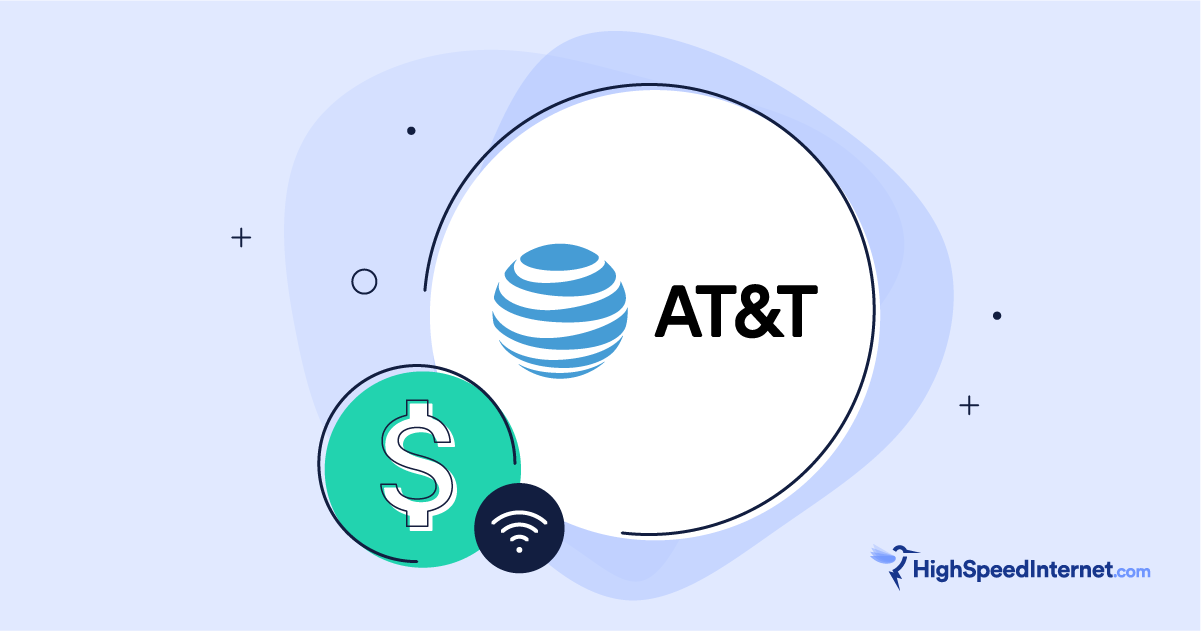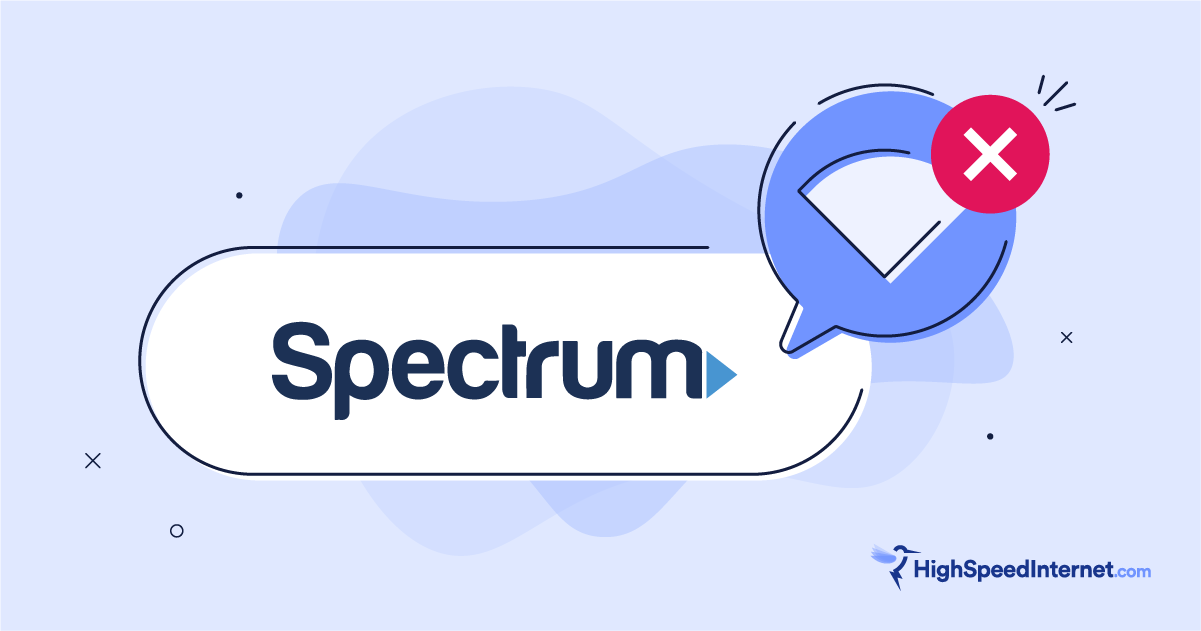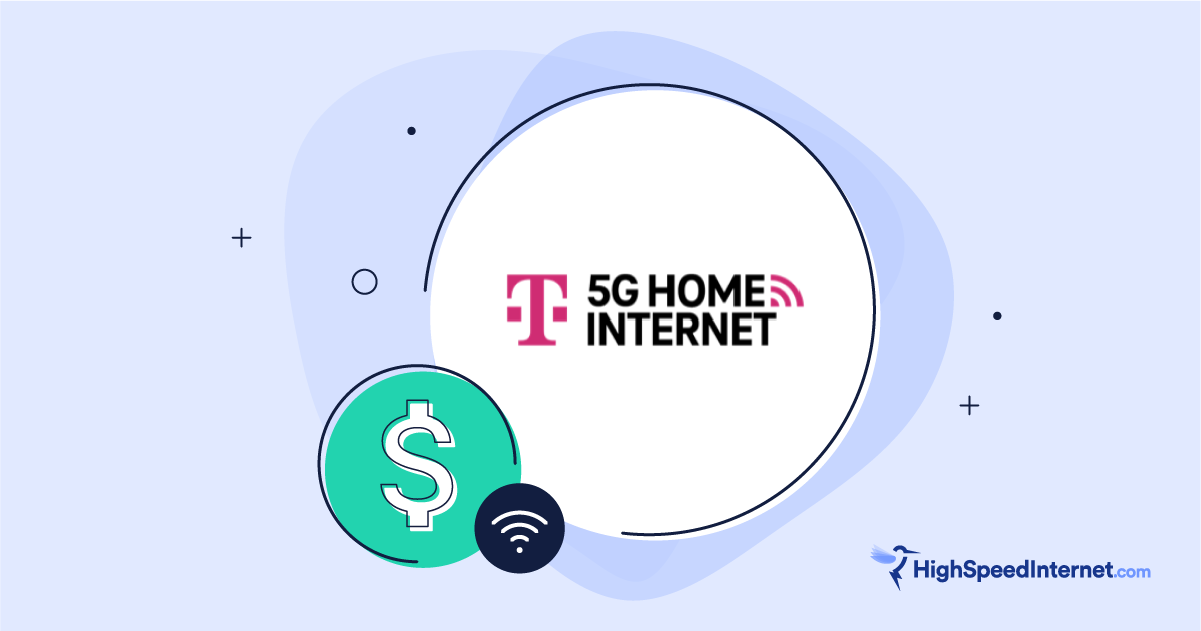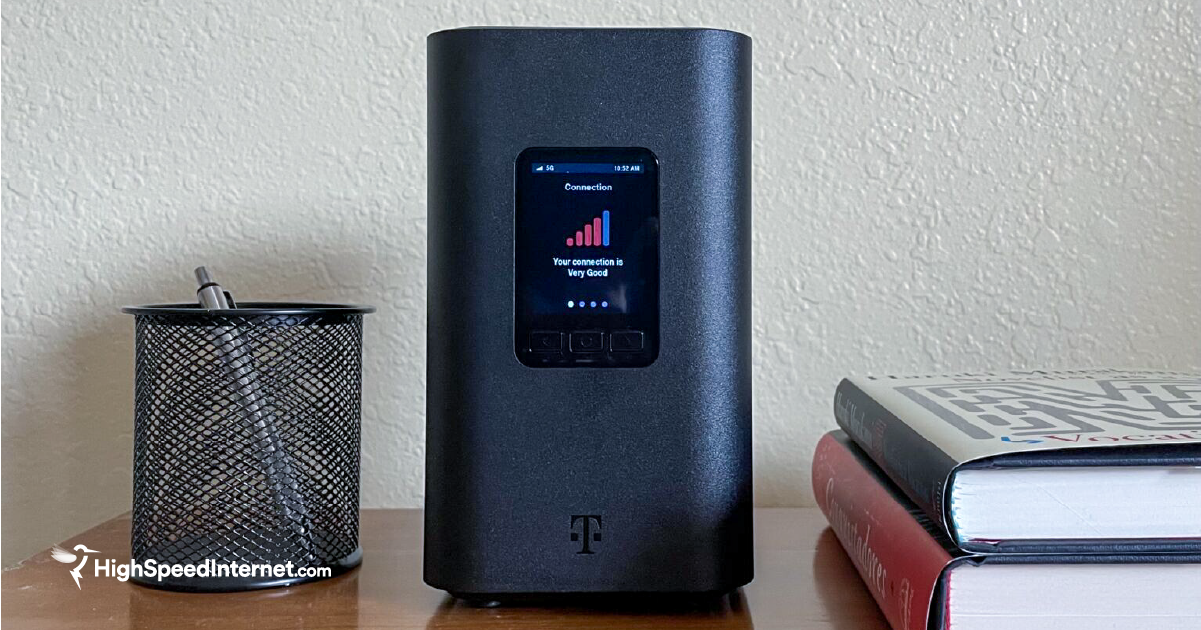Can You Actually Get Unlimited Satellite Internet?
I think we can finally answer "yes" to this question
Dec 3, 2025 | Share
Brand Guides
Viasat recently announced the end of data caps, and it’s a big deal. For years, satellite internet was one of the last places you’d encounter draconian data caps, which was one of the major drawbacks of relying on satellite internet. When most people talk about unlimited internet, they’re talking about plans with no data limits, like those from providers like Verizon or Google Fiber. Recently, many satellite providers have announced exciting new plans with unlimited data—although those of us who have been on the internet for a while might point out that satellite providers have always advertised their plans as coming with “unlimited” data of some kind.
If this seems a bit misleading to you, you’re not alone. Internet advertisements are full of buzzwords and marketing speak that often means the exact opposite of what you might think. To figure out exactly what these providers mean when they claim “unlimited satellite internet,” we’re going to go into depth on satellite data caps so you can find the plan that meets your needs.
What satellite internet options are available to you?
Enter your zip code below to find out.
How do data caps work?
Data caps, sometimes referred to as data limits or bandwidth caps, are restrictions by internet service providers (ISPs) on the amount of data that can be transferred over your connection. Data usage is usually calculated over the course of a single billing period, so if your internet bill is due on the 15th of every month, your data allowance will reset on that day too.
One of the main issues that satellite customers had to deal with was the amount of data they were allotted per month. For wired connections that actually have data caps, these limits are often measured in a few terabytes (TB). For satellite, cheap plans could have just a few gigabytes (GB), which means that even wired customers who were subject to data caps were getting hundreds if not thousands of times more data than those on satellite connections, and often at a lower cost.
This was one of the big differences between wired internet connections like cable and fiber when compared to satellite. Whereas speed is the main feature in most wired connections and data caps (when they exist) are more of a footnote, data allotments were often the main feature that distinguished satellite plans from each other.
Many online activities, like opening a web page, playing an online game, or checking your email, don’t actually use much data, and won’t make a huge impact on your monthly data usage. Other activities, including anything involving video or streaming, can burn through data very quickly. When choosing an internet plan, it’s important to know how much data your household needs to avoid signing up for a plan where you’ll go over the data limit.
What happens when my data runs out?
There are several things that might occur when your monthly data runs out. You’re not generally cut off completely, but you might be throttled, deprioritized, or charged an overage fee. For satellite customers, once you hit your data cap for the month, your speed is deprioritized. This means that instead of giving you “high-speed” data, your connection gets its share of bandwidth after everyone else’s traffic has been taken care of. This generally means that your speed will be even lower than normal speeds, though it has the potential to be almost as fast as normal if no one else happens to be on your provider’s network when you’re using it.
Although low-priority speeds are a pretty big inconvenience, the value you get when using your “high-speed” data assumes that when you have data on your account you’re getting close to advertised speeds. During our hands-on testing of Hughesnet, we found that our connection was surprisingly slow with or without data. Although it did seem to slow after we passed our data limit, the difference wasn’t really that impactful. So before you buy that extra data, you should take a few minutes to see if your normal online activities are actually impacted by the decrease in speed.
Starlink data plans
Traditional geosynchronous (GSO) satellites, like Viasat and Hughesnet had very restrictive data caps compared to terrestrial internet for most of their history; however, Starlink set out to challenge these assumptions. At the time of its launch, Starlink offered truly unlimited data, though it had to roll this back as its network struggled to manage the influx of eager Starlink customers.
After waffling back and forth on the issue and briefly implementing a 1 TB cap (which is still massive for satellite data), Starlink has gone back to offering unlimited data on its satellite internet, though there is a catch.
In place of caps, Starlink now has multiple tiers of priority for its customers: roam, residential, and priority/mobile priority. Residential plans come with Standard data by default, though you can purchase a chunk of priority data for the month starting at 1TB (50GB for mobile priority). For those who have been paying attention, paying for “priority data” with Starlink and paying to avoid “deprioritized data” with Hughesnet kind of sounds like the same thing. Because it is.
This heavily qualified version of unlimited data is still a major improvement over how satellite connections worked just a few years ago. Assuming that the Standard data plan never drops below the minimum advertised speed, Starlink gives you the ability to pretty much everything you could do on any other unlimited internet plan, including streaming video and downloading software without having to pay for additional data.
Even though Starlink wasn’t able to maintain its goal of offering truly unlimited connections, the attempt seemed to light a fire under the competition. I don’t think we’d have seen the vast improvements in satellite data without Starlink leading the way, even if it didn’t quite stick the landing.
Viasat Unleashed’s unlimited data
Although Starlink was the first satellite provider to offer unlimited data, Viasat is currently the only satellite provider that offers unlimited data with no extra charges or restrictions. Both Hughesnet and Starlink have unlimited standard data, but your connection is deprioritized if you don’t have priority data, which can be purchased. Although you can still get good speeds in theory, this is basically how plans with data caps work with wired providers. Once your data runs out, you get the leftover bandwidth after priority customers have been served.
In contrast, Viasat’s unlimited data works basically the same as how unlimited plans work on other types of connections. Speeds are not throttled or deprioritized in favor of those who pay extra. There are also no overage charges or fees associated with your data usage.
Viasat does note that households who use over 850GB of data in a month might experience slowing, so it sounds like there is still some deprioritization happening for network management, though this isn’t exactly clear from the announcement. For context, the largest data plan Viasat offered before the launch of its Unleashed plan was 500GB, so even if this is a data cap similar to those of Starlink and Hughesnet, you essentially get almost the full benefit of Starlink’s priority data plan for free, which isn’t a bad deal.
How much data do satellite providers offer?
| Provider | Data Cap | Speed | Starting price | Order online |
|---|---|---|---|---|
|
| Unlimited | 12–150 Mbps | $69.99/mo.* | View Plans for Viasat |
|
| No data cap for Standard data | 25–100 Mbps (stated speeds are not guaranteed) | $39.99/mo.† for first 12 mos. | View Plans for Hughesnet |
|
| Residential or Roam — No cap Priority — Cap starts at 1,000GB (1TB) Roam Priority — Cap starts at 50GB | 100–400Mbps | $40/mo.‡ (includes standard data) | View Plans for Starlink |
| Provider |
|
| Data Cap | Unlimited |
| Speed | 12–150 Mbps |
| Starting price | $69.99/mo.* |
| Order online | View Plans for Viasat |
| Provider |
|
| Data Cap | No data cap for Standard data |
| Speed | 25–100 Mbps (stated speeds are not guaranteed) |
| Starting price | $39.99/mo.† for first 12 mos. |
| Order online | View Plans for Hughesnet |
| Provider |
|
| Data Cap | Residential or Roam — No cap Priority — Cap starts at 1,000GB (1TB) Roam Priority — Cap starts at 50GB |
| Speed | 100–400Mbps |
| Starting price | $40/mo.‡ (includes standard data) |
| Order online | View Plans for Starlink |
Data as of 12/03/2025. Offers and availability may vary by location and are subject to change. See disclaimers.
Most satellite plans range from offering less than twenty gigabytes to a few hundred. If we include Starlink’s Priority data plan in the comparison, it’s still the outlier, providing a whopping terabyte (1,000 gigabytes) of priority data each month, which is much closer to what you might expect from data caps on a wired internet connection.
The amount of data you burn through depends on the speed of your connection. Slower connections can’t handle data-intensive activities like high-resolution video, so you’ll burn through data much more slowly. Faster connections don’t automatically burn through data quickly (you’re not going to burn through hundreds of gigabytes with normal web browsing), but they make it possible to burn through a surprisingly large amount of data if you’re not paying attention.
Are data caps even necessary?
Data caps used to be a fact of life, but for wired internet, they’ve mostly disappeared. Providers justified data caps as necessary for network management, but this was proved untrue during the COVID-19 pandemic, when many data caps were suspended with no ill effects on the network. Although some providers tried to reinstate these artificial limits as pandemic relief programs ended, data caps had been exposed as just another way for ISPs to nickel-and-dime their customers while offering no added value in return.
While modern internet infrastructure has made data caps obsolete for wired connections, many wireless providers have struggled to remove them completely. Starlink experimented with truly unlimited data, only to walk back its policy to keep its network functioning. Of course, Starlink has struggled in many other areas, including download speed and equipment shipment, as it tries to scale its operation up to a true nationwide internet provider. As such, Starlink’s move probably says more about the logistics of the company than the limits of the technology.
Currently, Viasat is the only satellite provider offering truly unlimited data, though Hughesnet has also moved in that direction. Hopefully, as Starlink gets its act together and other competitors throw their hat into the ring, truly unlimited data will become the norm for satellite just as it is for other internet connections.
Disclaimers
*Viasat
- Prices and speeds vary upon location. Offer available to new qualifying customers. One-time standard installation fee may be due at checkout. Minimum 24-month service term required. Equipment lease fee is $14.99/mo. Taxes apply. Speeds are “up to,” will vary and are not guaranteed. Service is not available in all areas. Offer may be changed or withdrawn at any time.
- Prices, speeds and availability vary by location. Prices are subject to change. No annual contract or installation fees are required. Monthly equipment lease fees and taxes may apply.
†Minimum term required and early service termination fees apply. Monthly Fee reflects the applied $5 savings for ACH enrollment. Offer may vary by geographic area.
‡Plus hardware, shipping & handling fees, and tax. Fully refundable. Depending on location, some orders may take 2 weeks or more to fulfill.
Author - Peter Christiansen
Peter Christiansen writes about telecom policy, communications infrastructure, satellite internet, and rural connectivity for HighSpeedInternet.com. Peter holds a PhD in communication from the University of Utah and has been working in tech for over 15 years as a computer programmer, game developer, filmmaker, and writer. His writing has been praised by outlets like Wired, Digital Humanities Now, and the New Statesman.




